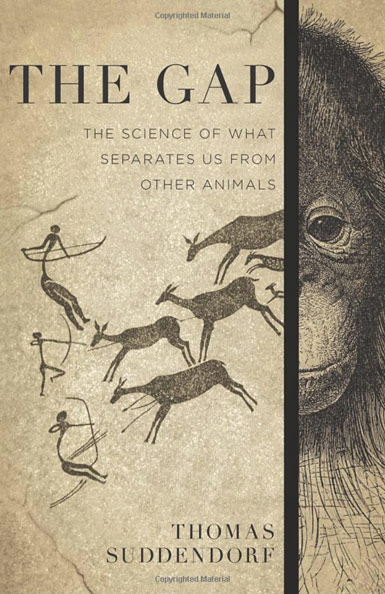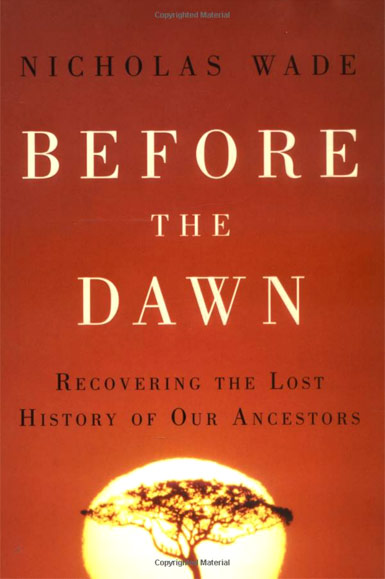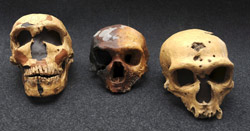
Denisovans: Another Species Discovered
In 2024, scientists unveiled the genome of a 200,000-year-old Denisovan male, uncovering a mysterious population that interbred with Neanderthals in Siberia’s Denisova Cave. Traces of their DNA still exist in modern humans, including Papuans and Han Chinese. The discovery offers a deeper glimpse into our ancient past.
It is thought that between 300,000 to 400,000 years ago, an ancestral group of H. heidelbergensis left Africa and then split shortly after. One branch ventured northwestward into Western Asia and Europe and became the Neanderthals. The other branch moved east, becoming Denisovans.

Discoveries at a cave in southern Siberia called Denisova, after an 18th-century hermit occupant, led scientists to examine forensic evidence of early habitation by both Neanderthals and H. sapiens, and a few small bones of a species that was new.
The cold temperatures in the caves preserved genetic material, which allowed an analysis of the DNA taken from the pinky bone of a girl found at Denisova. This child, who lived about 40,000 years ago, was possibly from an unknown species of human. More surprisingly, her DNA matched about 4% to 6% of the DNA of the modern humans indigenous to Australia, Melanesia, and other areas of the western Pacific.
This distribution suggests that these “Denisovans” had journeyed as far away as Southeast Asia, where they must have interbred with modern humans. A newer study confirms this, and it suggests that there were distinct populations of Denisovans, rather than a single population. New genome-analysis was able to compare the Denisovan genome to that of 5,600 Europeans, Asians, Americans and Oceanians and found that Denisovans were more closely related to modern East Asians, specifically Han Chinese, Chinese Dai and Japanese.

The Gap
The Science of What Separates Us from Other Animals
Thomas Suddendorf
A leading research psychologist concludes that our abilities surpass those of animals because our minds evolved two overarching qualities.

Before the Dawn
Recovering the Lost History of Our Ancestors
Nicholas Wade
New York Times science writer explores humanity’s origins as revealed by the latest genetic science.
In the series: Our Hominid Predecessors
Related articles:
Further Reading »
External Stories and Videos

Mysterious Denisovans Interbred with Modern Humans More than Once
Ashley Strickland, CNN
A new study has found that our ancestors interbred with two distinct Denisovan populations, increasing the probability of the presence in modern populations of DNA inherited from this ancient and mysterious people.

Cold Tolerance among Inuit May Come from Extinct Human Relatives
Steph Yin, New York Times
Gene variants that might give Inuit in Greenland more heat-generating capacity match up with DNA found in Denisovans, an extinct group of ancient humans.

Ancestors of Modern Humans Interbred with Extinct Hominins, Study Finds
Carl Zimmer, New York Times
Interbreeding may have given modern humans genes that bolstered immunity to pathogens.
